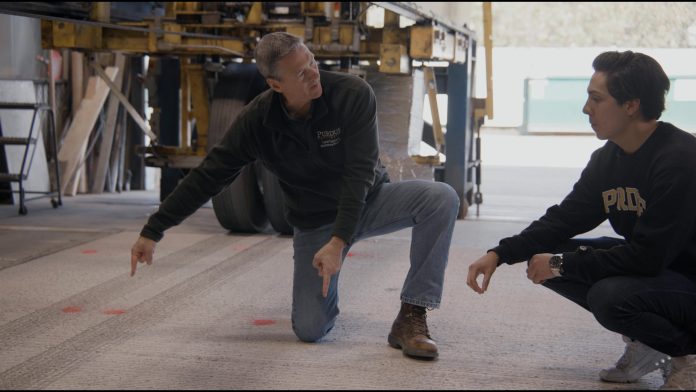
COLUMBUS, Ind. — The Indiana Department of Transportation is partnering with Cummins Inc. and Purdue University to install and test what has been billed as the first stretch of highway in the United States that can wirelessly charge electric vehicles as they drive down the road.
The project, which has an estimated $11 million price tag, seeks to install the new technology underneath a quarter-mile stretch of U.S. Highway 231/U.S. Highway 52 in West Lafayette, INDOT said. State officials said they expect to start removing pavement from the test site to install the Purdue-designed technology as early as Monday, with construction expected to continue through the fall and some additional work to last until May 2025.
Essentially, construction crews will install electromagnetic coils underneath the pavement that will allow electric vehicles with a receiver to charge up their batteries while driving over the test site. The technology is similar to how some smartphones use magnetic fields to wirelessly charge when placed on a charging pad.
While similar projects have been done in other states and countries, the Indiana project has been billed as the first aimed at charging both heavy-duty and passenger electric vehicles while traveling at highway speeds, which requires higher power levels, according to Purdue.
Officials said they hope the project will contribute to the development of electrified highways that could help curb greenhouse gas emissions in the transportation sector, which accounted for 29% of total U.S. greenhouse gas emissions in 2021, according to the U.S. Environmental Protection Agency.
If electric trucks could charge using highways, their limited range could be extended and their batteries could be reduced in size, allowing them to carry more freight, significantly reducing costs of using electric vehicles to haul freight, officials said.
INDOT said it hopes to electrify a section of an Indiana interstate for further testing within four to five years.
For the complete story and more photos, see Saturday’s Republic.




